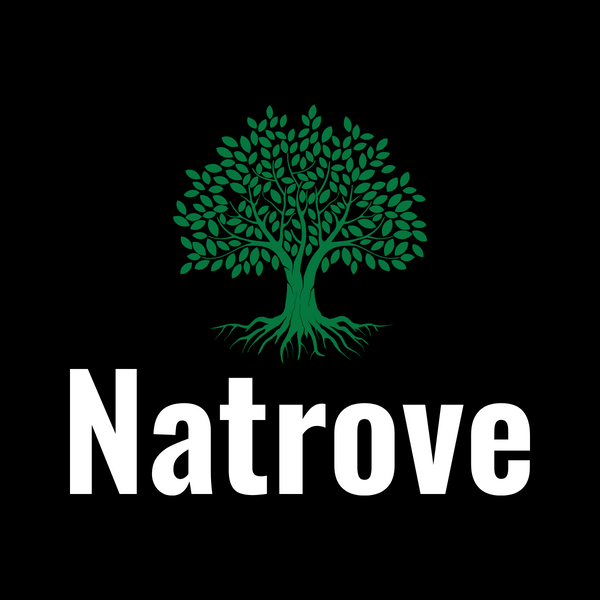The Touch of Asia
Trust in Asian approaches to nature has been ubiquitous, but tying these to the approaches of our western life have traditionally been a challenge. Throughout the 20th century, Western powers primarily sought to exert influence and control over the East through a combination of colonialism, economic dominance, and ideological influence. This included establishing formal colonies, exploiting resources, and promoting Western political and economic systems. It is understandable why the nations of Asia have traditionally been more closed, but with the acceleration of globalization since the 20th Century, there is no dispute that Asia is continuing to contain powerhouses of economic growth, and people power.
There is a lot of brain power to lean on, and some ingenious approaches to nature.
So why not look at this the other way around?
Imposing on, is the opposite of welcoming. We choose to welcome approaches of all nations influenced by the Han Chinese, Japanese, Korean, and Indo-Aryan. The products selected demonstrate why old approaches from the east, should be embedded in the principles of the west. Together, we hope nature will thrive across the whole planet.
- This method, detailed in books like Japanese Style Companion Planting, focuses on pairing specific plants that benefit each other.
- For example, tomatoes and basil are known to repel pests from each other, while carrots and edamame can be grown together for mutual benefit.
- This approach minimizes the need for chemical interventions and promotes a more natural and healthy garden ecosystem.
- Relay planting, where one crop follows another in the same space, is also a key component, maximizing space and productivity.
2. Permaculture in Asian Gardens:
- Permaculture principles, as explored in Your Asian Veggie Patch, emphasize designing gardens that mimic natural ecosystems.
- This includes creating diverse, multi-layered gardens with a variety of plants, mimicking natural forest ecosystems.
- It also involves water conservation techniques, composting, and using natural pest control methods.
- Permaculture aims to create self-sustaining gardens that require minimal external inputs.
3. Asian Vegetables and Holistic Gardening:
- Books like Asian Vegetables celebrate the diversity of Asian vegetables and encourage gardeners to explore new varieties.
- They often include recipes and cultural stories related to these vegetables, fostering a deeper connection between food, culture, and gardening.
- This approach encourages a holistic view of gardening, where the garden is not just source of food but also a source of cultural enrichment and well-being.
- Your Asian Veggie Patch by Connie Cao provides guidance on growing Asian vegetables and incorporating them into delicious recipes.
So if you agree that the west has a choice to learn more from the east, why not choose to take action, and buy one of the most versatile, dependable, and useful tools for your garden. Like an extension of your arm, and easily holdable in your hand, YOU can take back control of your garden, without having to carry around heaps of tools for the same purpose.
Bring Asian efficiency and clarity of thought to your garden, with the one tool that alone can make your garden feel like home.
